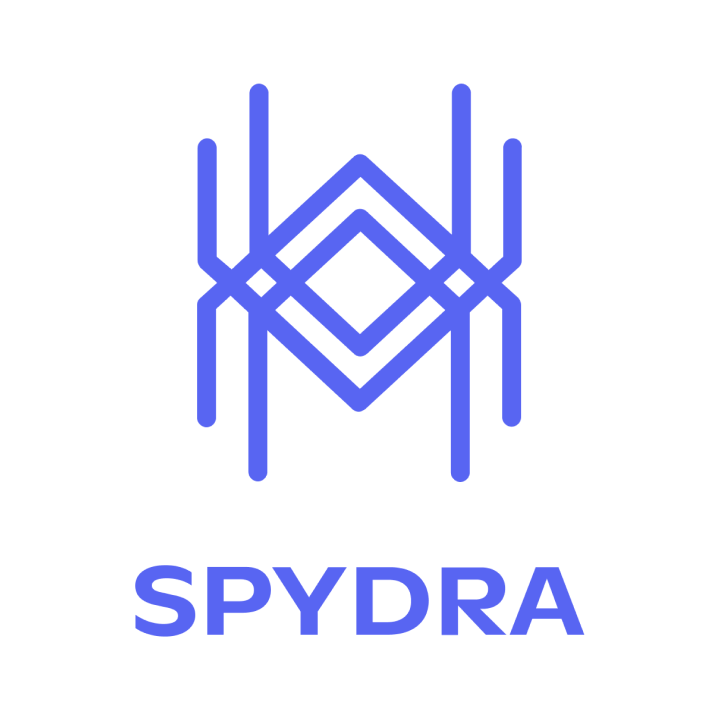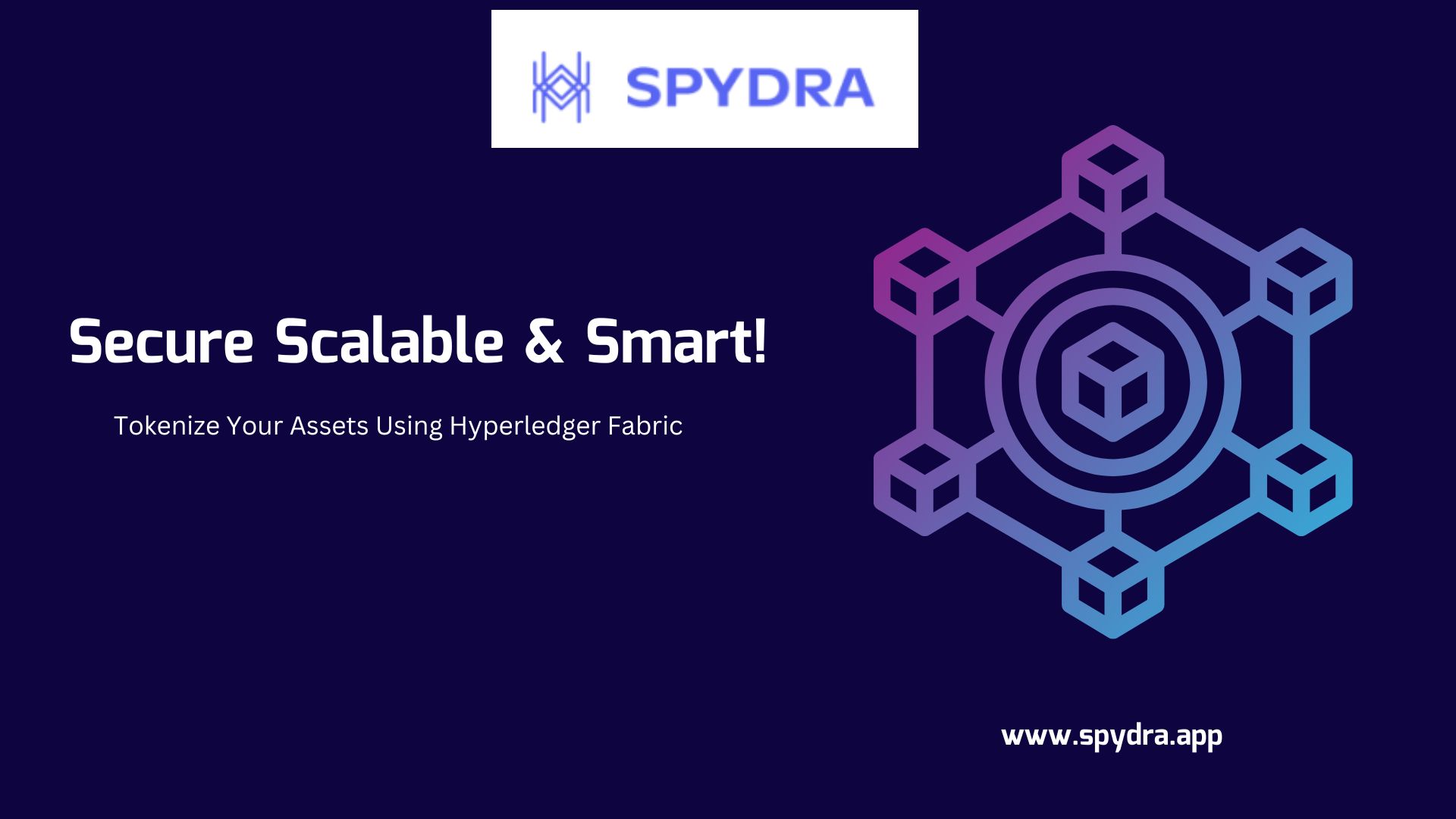Tokenizing Real-World Assets Using Hyperledger Fabric: A Technical Overview
 Pravin
Pravin
The rise of Asset Tokenization has transformed industries by allowing real-world assets to be securely represented as digital tokens on blockchain networks. In 2025, this trend continues to gain momentum, with businesses and financial institutions adopting Hyperledger Fabric as a preferred blockchain solution for tokenization. Experts predict that by 2027, over 10% of the global GDP will be stored on blockchain, highlighting the growing importance of asset digitization.
This article provides a technical overview of asset tokenization using Hyperledger Fabric, exploring its architecture, key components, and implementation process. It also covers the role of blockchain solution consultancy services in optimizing tokenization strategies for enterprises.
Understanding Asset Tokenization
What is Asset Tokenization?
Asset tokenization is the process of converting rights to an asset into a digital token recorded on a blockchain. These tokens represent fractional or full ownership of assets like real estate, commodities, stocks, or intellectual property. Tokenized assets improve liquidity, accessibility, and security, allowing seamless buying, selling, and trading without traditional intermediaries.
Market Growth of Tokenized Assets
The global tokenized asset market is projected to surpass $50 billion by the end of 2025.
Institutional investors are increasingly adopting blockchain-based tokenization, leading to a 15-20% annual growth rate.
Tokenized real estate alone is expected to exceed $1.4 trillion by 2030.
These statistics emphasize the rapid adoption of asset tokenization across industries, with Hyperledger Fabric playing a key role in ensuring scalability and security.
Why Hyperledger Fabric for Asset Tokenization?
Hyperledger Fabric is an enterprise-grade blockchain framework designed for private, permissioned networks. It provides organizations with scalable, secure, and efficient solutions for asset tokenization.
Key Features of Hyperledger Fabric
✔ Modular Architecture – Supports plug-and-play components for network customization. ✔ Permissioned Access – Ensures that only authorized entities participate in transactions. ✔ High Transaction Throughput – Can process thousands of transactions per second. ✔ Privacy & Confidentiality – Uses channels to enable private transactions between specific participants. ✔ Smart Contract Execution – Implements business logic via chaincode, ensuring automated token management.
With its robust infrastructure, Hyperledger Fabric is an ideal choice for secure and scalable asset tokenization solutions.
Technical Components of Asset Tokenization on Hyperledger Fabric
1. Smart Contracts (Chaincode)
Chaincode, or smart contracts, define the rules of asset tokenization on Hyperledger Fabric. They automate asset creation, transfer, and validation, ensuring secure transactions.
Example: A smart contract can define ownership rights for a tokenized real estate property, automatically transferring tokens when conditions are met.
Languages Used: Go, Java, and Node.js.
2. Consensus Mechanisms
Hyperledger Fabric offers various consensus algorithms to validate transactions securely. The most commonly used are:
Raft Consensus: Ensures fast and efficient transaction validation.
Kafka-based Ordering: Provides resilience and high throughput.
A strong consensus mechanism ensures that all transactions on the network remain accurate and tamper-proof.
3. Membership Service Provider (MSP)
The MSP controls identity management, ensuring that only authorized participants can access the network. It verifies: ✔ Who can issue tokens? ✔ Who can transfer ownership? ✔ Who can validate transactions?
4. Channels for Private Transactions
Channels allow for confidential asset transactions between specific network members. This is crucial for enterprises dealing with sensitive financial data.
The Role of Blockchain Solution Consultancy in Asset Tokenization
Implementing asset tokenization on Hyperledger Fabric requires specialized expertise. Blockchain solution consultancy services help businesses with:
1. Tokenization Strategy Development
✔ Identifying assets suitable for tokenization. ✔ Choosing the right blockchain framework. ✔ Designing a regulatory-compliant solution.
2. Network Design & Smart Contract Development
✔ Configuring Hyperledger Fabric networks. ✔ Developing custom chaincode for tokenized assets. ✔ Setting up identity management and security policies.
3. Integration & Deployment
✔ Connecting tokenized assets with enterprise applications. ✔ Deploying the blockchain network for real-world transactions. ✔ Ensuring seamless wallet integration for token storage.
4. Performance Optimization & Security
✔ Enhancing transaction speed and scalability. ✔ Implementing robust security measures to prevent fraud. ✔ Conducting regular network audits and compliance checks.
With professional blockchain consultancy services, businesses can seamlessly implement asset tokenization while ensuring security and regulatory compliance.
Step-by-Step Guide to Tokenizing Assets on Hyperledger Fabric
Step 1: Define the Asset & Token Model
Decide the type of asset to tokenize (real estate, stocks, etc.).
Define the token properties (ownership rights, value, and supply).
Step 2: Develop Chaincode for Token Management
Create smart contracts that define token creation, transfer, and validation rules.
Use Hyperledger Fabric SDKs for development.
Step 3: Configure the Hyperledger Fabric Network
Deploy peer nodes, orderers, and MSPs.
Set up permissioned access and channels.
Step 4: Mint & Issue Tokens
Generate digital tokens representing the asset.
Assign tokens to initial owners or investors.
Step 5: Enable Secure Transactions
Allow users to buy, sell, and transfer tokens via smart contracts.
Record every transaction on the Hyperledger Fabric ledger.
Step 6: Implement Monitoring & Compliance
Use analytics tools to track transaction history and ownership changes.
Ensure regulatory compliance with financial authorities.
This structured approach helps businesses deploy efficient and scalable tokenization solutions using Hyperledger Fabric.
Challenges & Considerations in Asset Tokenization
🚨 Regulatory Compliance – Tokenization laws vary by region; businesses must follow local financial regulations. 🚨 Interoperability Issues – Ensuring tokenized assets can integrate with other blockchains and traditional finance systems. 🚨 Scalability & Performance – Networks must handle high transaction volumes without bottlenecks. 🚨 Security Risks – Implementing strong identity verification to prevent unauthorized access and fraud.
Addressing these challenges is key to successful asset tokenization on Hyperledger Fabric.
The Future of Asset Tokenization on Hyperledger Fabric
As enterprises continue to explore blockchain solutions, Hyperledger Fabric is set to play a critical role in digital asset management. By 2030, the tokenized asset market is expected to grow exponentially, with wider adoption across real estate, finance, and supply chain sectors.
Organizations investing in blockchain-based tokenization today will gain a competitive edge, ensuring faster transactions, lower costs, and enhanced asset liquidity.
Final Thoughts
Hyperledger Fabric provides a powerful and scalable framework for tokenizing real-world assets. Its permissioned structure, smart contract capabilities, and high throughput make it an ideal choice for enterprise-level asset tokenization.
By leveraging blockchain solution consultancy services, businesses can seamlessly implement secure, regulatory-compliant, and efficient tokenization platforms.
The future of asset ownership is digital, and organizations embracing Hyperledger Fabric-powered tokenization will lead the next wave of financial innovation. 🚀
Subscribe to my newsletter
Read articles from Pravin directly inside your inbox. Subscribe to the newsletter, and don't miss out.
Written by

Pravin
Pravin
Integrate Spydra’s easy-to-use APIs to tokenize your assets for more secure, transparent and reliable data exchange in supply chain, financing, cross-industry processes etc.